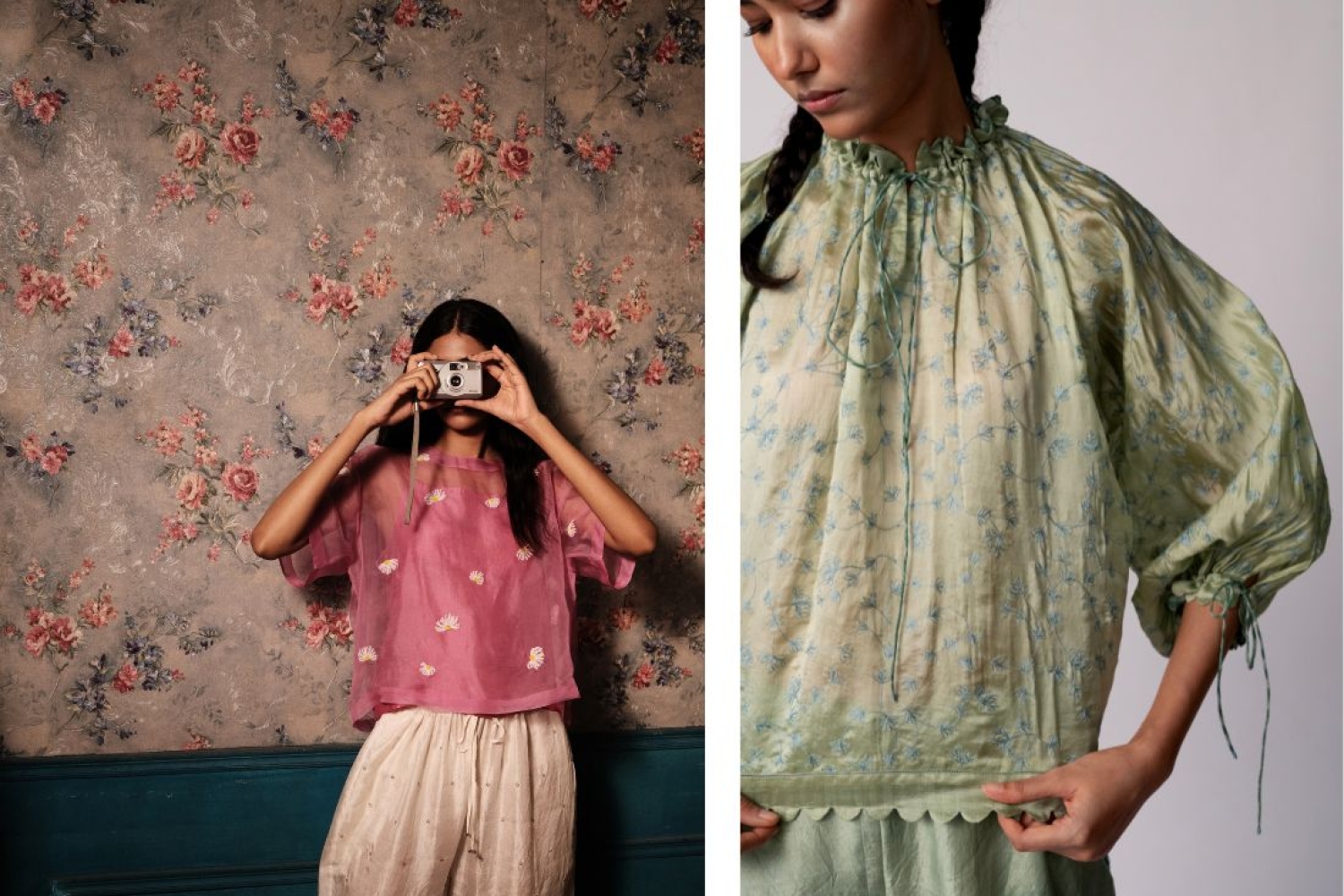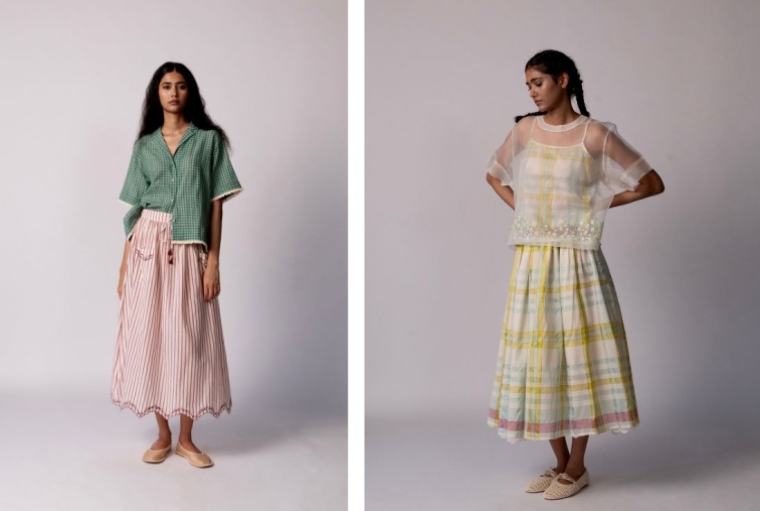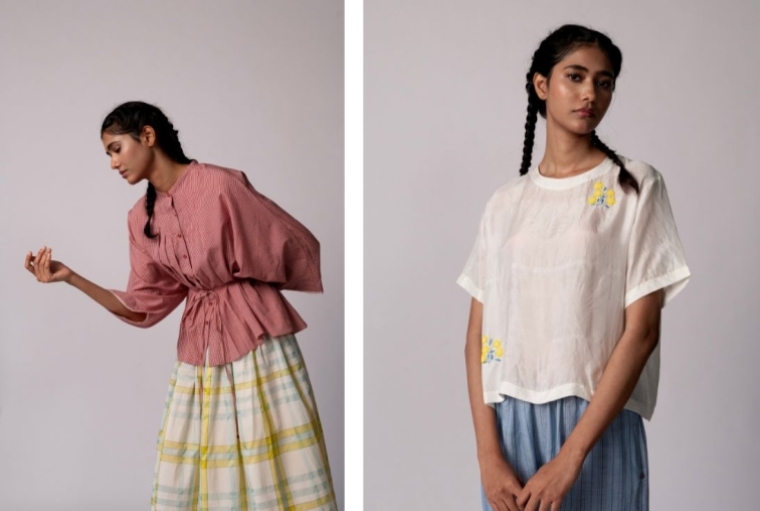

In a fashion landscape increasingly focused on sustainability and authenticity, Shristie Budhia shines as a pioneer with her brand, Serai by Tula. Inspired by the concept of a “rest stop,” Shristie envisions her creations as havens of comfort, providing wearers with a reliable escape in their wardrobes. Since launching Serai, she has made it her mission to blend timeless elegance with modern sensibilities, emphasizing the beauty of handloom textiles and the craftsmanship of skilled artisans.
In this conversation, we dive into Shristie's creative ethos, exploring how her background as a self-taught designer informs her approach to textile selection and production. She shares her insights on the importance of creating versatile pieces that stand the test of time, the challenges and rewards of entrepreneurship, and her vision for a more sustainable and ethical fashion industry in India.

What inspired you to create Serai, and how does the concept of a “rest stop” influence your designs?
The inspiration behind Serai comes from the concept of a “rest stop” a place where travelers can pause, find comfort, and rejuvenate. In creating Serai, I wanted to bring that sense of ease and sanctuary into everyday life. Our garments are crafted as go-to pieces that make the wearer feel at ease and confident, designed to be something you turn to repeatedly, like a safe haven in the wardrobe.
I’ve been reflecting on how “safe” choices can sometimes be undervalued in today’s world, as though they lack excitement. But what’s really wrong with safe? To me, a safe choice is one you can rely on, one that stands the test of time. Serai embodies that same idea like a rest stop that offers reliability and comfort, our designs are meant to be versatile, pieces that accompany you on life’s journey and make you feel at home, wherever you are.
How do you select the handloom textiles used in your collections? What role do skilled artisans play in the production process at Serai?
To select the handloom textiles for each Serai collection, we collaborate closely with several artisan clusters. We begin by visiting these clusters to gather inspiration, after which I design the textiles in-house. These designs then go through a sampling process before moving into production. With handloom, even with the most precise planning, there’s always an element of surprise in the final product, which brings a unique excitement to the process. As a self-taught designer, everything I know about textiles has come from working hands-on with our weavers. Their expertise has been invaluable, guiding me in bringing my ideas to life.

How do you choose which designs make it to production? Do you have a particular process?
Our process starts with one or two key textiles, around which we build the collection. There’s often a lot of back-and-forth, diving into archives, and carefully searching for textiles until we achieve a cohesive harmony in the collection. We aim to create standout pieces and versatile designs that can be styled multiple ways with what’s already in your wardrobe, adding enduring value to each piece.
What lessons have you learned on your journey as a founder that you would like to share with aspiring fashion entrepreneurs?
I’ve learned that I can be my own toughest critic, always striving for a level of perfection that doesn’t truly exist. Sometimes, “done is better than perfect.” As a founder, I’ve come to realise that it’s essential to balance creativity with the practicalities of running a business. It’s not always the fun part, but thinking about the business side and making tough decisions every day is part of the journey. And above all, patience, an immense amount of patience is key.

What changes do you hope to see in the Indian fashion industry regarding sustainability and ethical practices?
The past five years have brought a lot of exciting developments, with so many young brands pushing boundaries. Yet, there’s still a significant gap between what sustainability can offer and what consumers seek. I believe the industry holds the responsibility to nurture a demand for ethical standards in fashion. With its influence, the industry can truly drive the change toward a more sustainable future.
Words Paridhi Badgotri
Date 29.10.2024